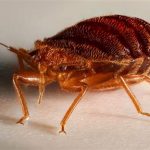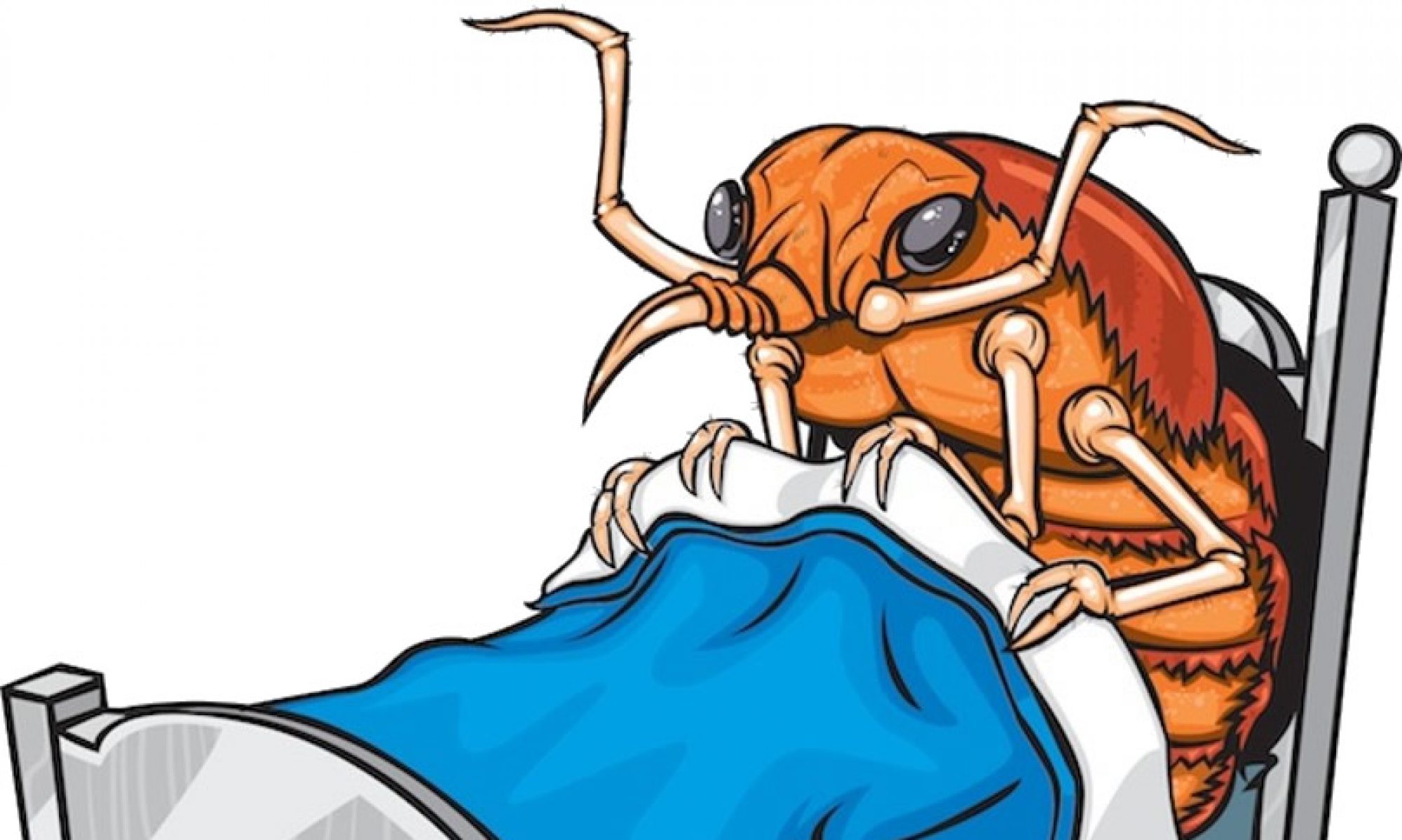 WHAT IS A ‘BIO-PESTICIDE’?
WHAT IS A ‘BIO-PESTICIDE’?
The US Environmental Protection Agency (EPA) defines a bio-pesticide as ‘a type of pesticide derived from such natural materials as animals, plants, bacteria, and certain minerals.’ Meaning that it consists of a microorganism (e.g., a bacterium, fungus, virus or protozoan) as the active ingredient. Microbial pesticides can control many different kinds of pests, although each separate active ingredient is relatively specific for its target pest(s). For example, there are fungi that control certain weeds, and other fungi that kill specific insects, and is highly effective against bed bugs.
WHAT ARE THE ADVANTAGES OF USING BIO-PESTICIDES?
Bio-pesticides are usually inherently less toxic than conventional pesticides. Bio-pesticides generally affect only the target pest and closely related organisms, in contrast to broad spectrum, conventional pesticides that may affect organisms as different as birds, insects, and mammals. Bio-pesticides can be effective in very small quantities and often decompose quickly, thereby resulting in lower exposures and largely avoiding the toxicity problems caused by conventional pesticides. When used as a component of Integrated Pest Management (IPM) programs, bio-pesticides can greatly decrease the use of conventional pesticides. However, users need to know a great deal about managing pests.
ARE BIO-PESTICIDES TESTED FOR SAFETY LIKE CONVENTIONAL PESTICIDES?
The EPA always conducts rigorous reviews to ensure that bio-pesticides will not have adverse effects on human health or the environment. For EPA to be sure that a bio-pesticide is safe, the Agency requires that registrants submit a variety of data about the composition, toxicity, efficacy, degradation, and other characteristics of the pesticide. Any product not registered with the EPA has not been evaluated for safety and efficacy.

